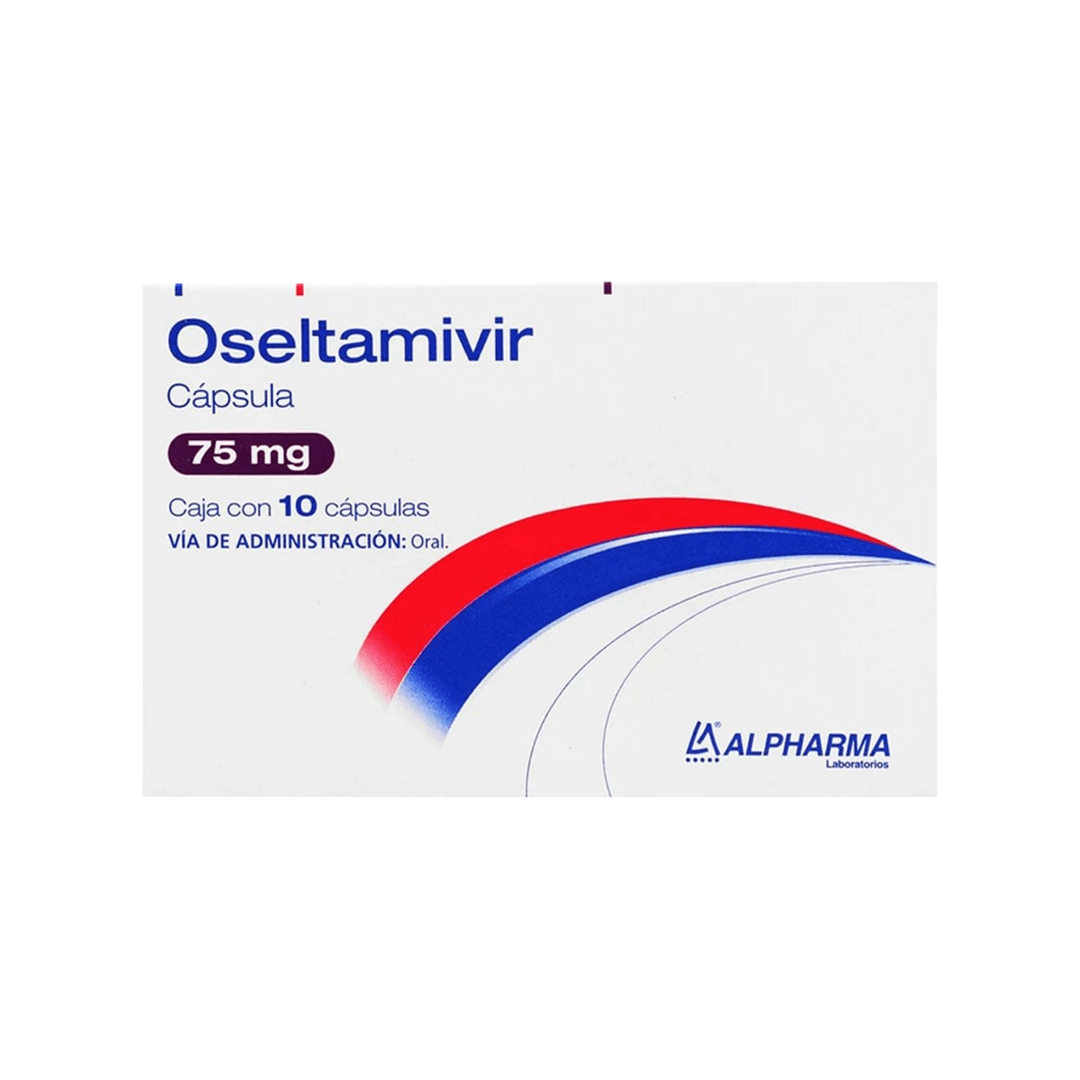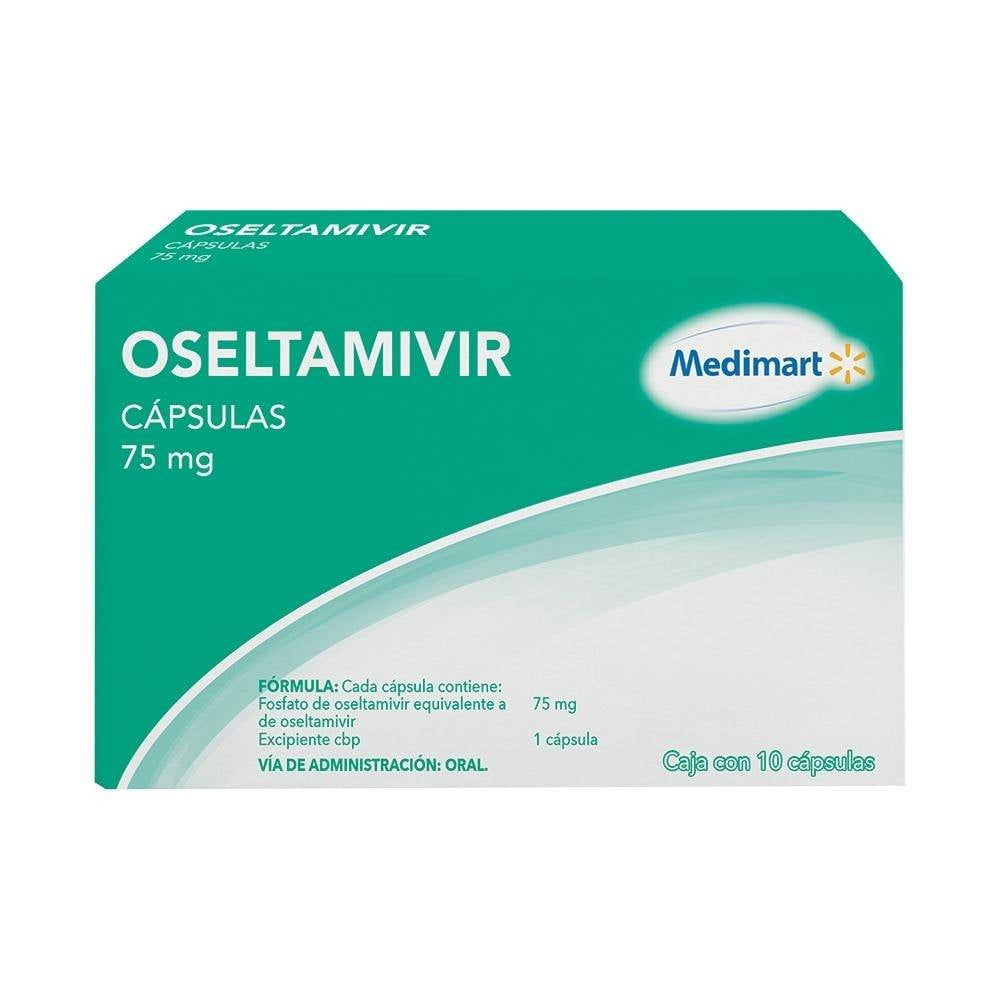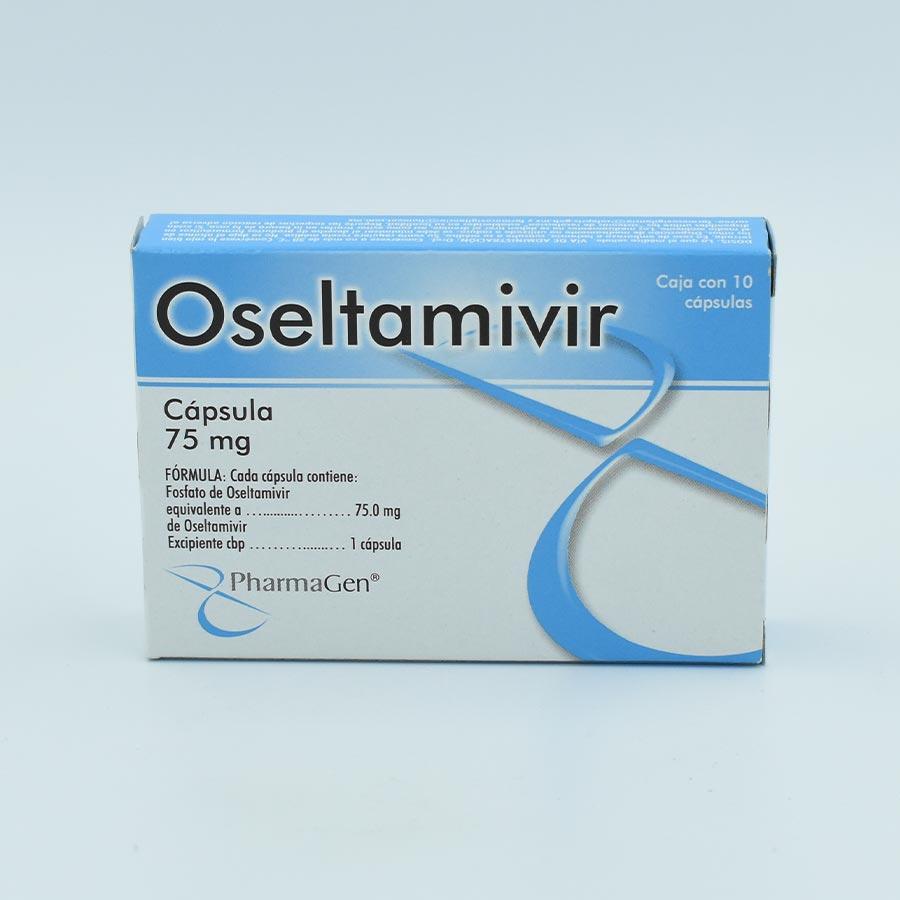
Oseltamivir, a pivotal antiviral medication, has emerged as a crucial weapon in the fight against influenza. This article delves into the intricacies of oseltamivir, exploring its mechanism of action, clinical applications, and potential implications in public health.
Pharmacologically, oseltamivir belongs to the neuraminidase inhibitor class, specifically targeting the influenza virus’s neuraminidase enzyme. By inhibiting this enzyme, oseltamivir prevents the release of newly formed virus particles from infected cells, effectively halting the spread of the virus within the body.
Oseltamivir: General Overview

Oseltamivir is an antiviral medication used to treat and prevent influenza, commonly known as the flu. It belongs to a class of drugs called neuraminidase inhibitors.
Pharmacological Classification
Oseltamivir is classified as a neuraminidase inhibitor. Neuraminidase is an enzyme that plays a crucial role in the release of newly formed influenza viruses from infected cells. By inhibiting neuraminidase, oseltamivir prevents the spread of the virus within the body and reduces the severity of symptoms.
Mechanism of Action
Oseltamivir acts by binding to the active site of neuraminidase, blocking its enzymatic activity. This prevents the cleavage of sialic acid residues on the surface of influenza viruses, which are essential for their release from infected cells. As a result, the virus particles remain trapped within the infected cells and are unable to spread to other cells.
Pharmacokinetics
Oseltamivir is rapidly absorbed after oral administration, with peak plasma concentrations reached within 1-2 hours. It has a bioavailability of approximately 80%. Oseltamivir is primarily excreted unchanged in the urine, with a half-life of approximately 6-10 hours.
Clinical Applications of Oseltamivir

Indications
Oseltamivir is indicated for the treatment of uncomplicated influenza in patients who have symptoms for less than 48 hours. It is also indicated for the prevention of influenza in individuals who are at high risk of developing complications, such as those with chronic medical conditions or those over the age of 65.
Dosage and Duration
For treatment of influenza, the recommended dosage of oseltamivir is 75 mg twice daily for 5 days. For prevention, the recommended dosage is 75 mg once daily for 10 weeks during the influenza season.
Benefits and Limitations
Oseltamivir can reduce the severity and duration of influenza symptoms, particularly when started within 48 hours of symptom onset. It has been shown to be effective in preventing influenza in high-risk individuals. However, oseltamivir does not cure influenza and it is not effective against other respiratory viruses, such as the common cold.
Adverse Effects and Drug Interactions

Common Adverse Effects
The most common adverse effects associated with oseltamivir include nausea, vomiting, diarrhea, abdominal pain, and headache. These effects are usually mild and resolve within a few days.
Drug Interactions
Oseltamivir can interact with other medications, such as probenecid, which can increase its plasma concentrations and prolong its half-life. It is important to inform your healthcare provider about all medications you are taking before starting oseltamivir.
Management of Adverse Effects and Drug Interactions
If you experience any adverse effects while taking oseltamivir, talk to your healthcare provider. They may recommend reducing the dosage or discontinuing the medication. If you are taking other medications, your healthcare provider may adjust the dosage or monitor you closely for any potential interactions.
Oseltamivir Resistance
Concept of Resistance
Oseltamivir resistance is a concern due to the potential for influenza viruses to develop mutations that make them less susceptible to the drug. Resistance can occur when oseltamivir is used inappropriately, such as for treating non-influenza infections or for prolonged periods.
Mechanisms of Resistance
Resistance to oseltamivir can develop through mutations in the neuraminidase gene. These mutations can alter the binding site of neuraminidase, making it less susceptible to inhibition by oseltamivir.
Implications for Treatment
Oseltamivir resistance can limit the effectiveness of the drug in treating influenza. If resistance is suspected, alternative antiviral medications may need to be considered.
Comparative Analysis of Oseltamivir and Other Antivirals

| Antiviral Medication | Mechanism of Action | Efficacy | Adverse Effects |
|---|---|---|---|
| Oseltamivir | Neuraminidase inhibitor | Effective in reducing symptoms and preventing influenza | Nausea, vomiting, diarrhea |
| Zanamivir | Neuraminidase inhibitor | Similar efficacy to oseltamivir | Inhalation-related side effects |
| Peramivir | Neuraminidase inhibitor | Long-acting, single-dose treatment | May be less effective than oseltamivir |
| Baloxavir marboxil | Cap-dependent endonuclease inhibitor | Rapid symptom relief, single-dose treatment | Limited data on long-term use |
Oseltamivir in Specific Populations
Children
Oseltamivir is generally well-tolerated in children. The recommended dosage for children over 1 year of age is 75 mg twice daily for 5 days.
Pregnant Women
Oseltamivir has been shown to be safe and effective in pregnant women. It is recommended for use in pregnant women who have influenza or who are at high risk of developing complications.
Oseltamivir in Public Health
Pandemic Preparedness
Oseltamivir is an important component of pandemic preparedness plans. It can be used to treat and prevent influenza during a pandemic, helping to reduce the severity of the outbreak and protect vulnerable populations.
Prophylaxis and Post-Exposure Prophylaxis
Oseltamivir can be used for prophylaxis (prevention) in individuals who are at high risk of exposure to influenza, such as healthcare workers and household contacts of infected individuals. It can also be used for post-exposure prophylaxis (after exposure to influenza) to reduce the risk of developing symptoms.
Appropriate Use in Public Health Settings, Oseltamivir
Oseltamivir should be used judiciously in public health settings to minimize the risk of resistance development. It should be prescribed only for individuals who meet the recommended criteria for treatment or prevention.
Ending Remarks

In conclusion, oseltamivir stands as a valuable antiviral medication in the fight against influenza. Its efficacy, coupled with its generally well-tolerated profile, makes it a cornerstone of influenza management. As research continues to unravel the complexities of influenza and antiviral resistance, oseltamivir’s role in public health will undoubtedly evolve, ensuring its continued significance in the battle against this formidable virus.





